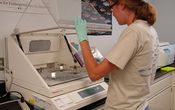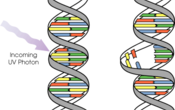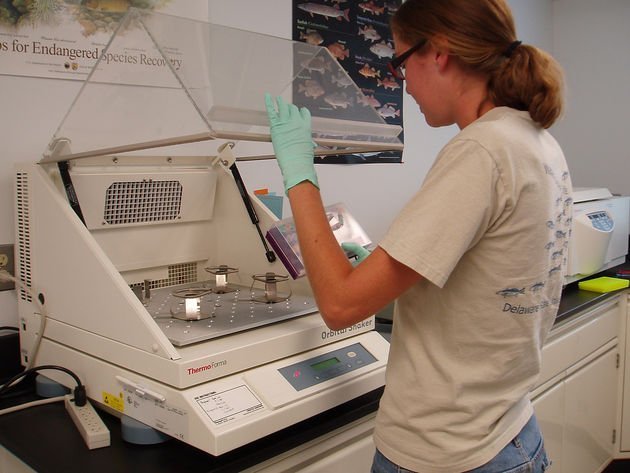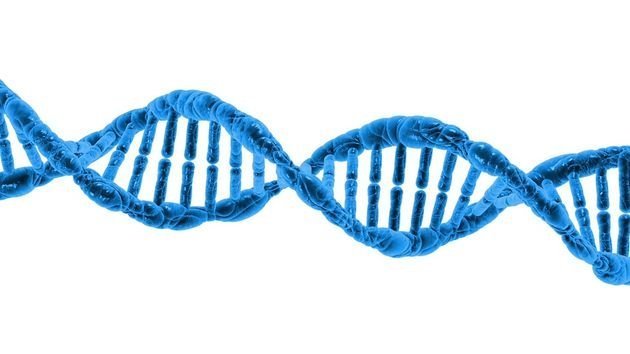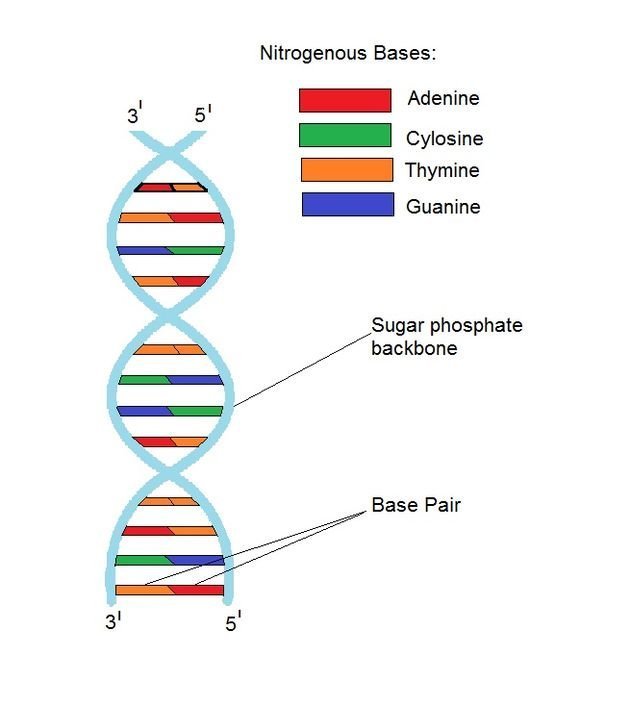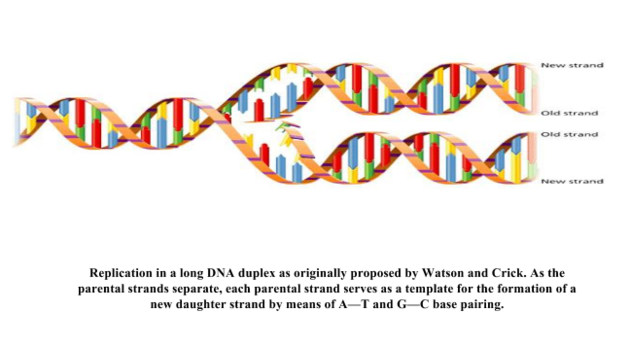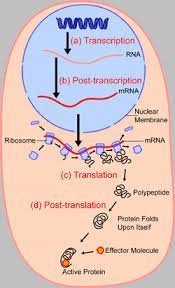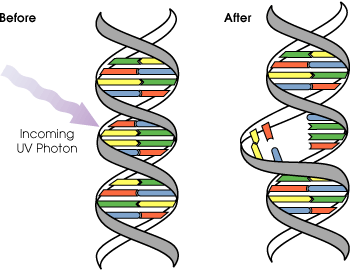Genetics
Edited by Jen Moreau, Doug Collins
GENETICS
All biological species are similar in some of their characteristics, for example, all human have certain features or traits that are common to all human. Like a vertebrate and a cord which define us as a vertebrate. We feed our young with milk, and also we are warm-blooded; all these traits classify us as mammals. We can stand straight and upright; we have large brains, small teeth, and prominent nose; as this features set us apart from other primates. These biological traits that set us apart from other species are inherited and common to all human.
As much as there are similarities, there is also some variation in characteristics within the human species also, a difference in skin color, eye color, height, hair color, etc. Most of these traits are inherited from our biological parent, and others are inherited culturally. The local or native language we speak is inherited cultural, while traits like eye color are biologically inherited.
Genetics is the study of biological inheritance. The fundamental concept behind genetic is that traits inherited are determined by genes (elements of heredity) which are transferred from biological parents to its offspring during reproduction.
DNA (THE GENETIC MATERIAL)
In 1870's the importance of cell nucleus became apparent when observed that both the nuclei of male and female reduction cells combine during fertilization. This led to the suspicious that something was responsible for characteristics inheritance within the sperm and egg nucleus. When further observation was done, it was discovered that there was a thread-like object that is visible to a light microscope; these thread-like object where called chromosomes. Chromosomes possess a specific splitting behavior, which that each daughter cell have an identical complement of a chromosome. It was later discovered that some chromosomes are different among species but the same within each species. This characters of chromosome led to the suspicious that they are the carrier of genes.
By 1920's it was becoming evident that there is a very close relationship between DNA and genetic material. Studies showed that DNA is present in chromosomes. Further, observation discloses that all cells of a particular species contain a constant amount of DNA. The evidence that genes are DNA was rejected because the analyses of DNA had suggested that it lacks chemical diversity for a genetic substance.
DNA STRUCTURE: THE DOUBLE HELIX
With the knowledge that DNA are genes, there is some unanswered question that how does DNA inside a gene duplicate during cell division? How does DNA inside gene control hereditary trait? During mutation what happens to DNA? Researchers began to try to answer these questions in the early 1950's. In 1953 James Watson and Francis Crick proposed the first correct 3-dimensional structure of a DNA at Cambridge University. They suggest how DNA duplicate itself, undergo mutation and control genetic traits.
In the structure propose by Watson-Crick DNA has two long chains of subunits twisted together to form a double- stranded helix which is right handed. The subunits of each strand are a nucleotide, which contains any one of the four chemical constituents known as bases. The bases are listed below;
- CYTOSINE(C)
- ADELINE (A)
- THYMINE (T)
- GUANINE (G)
At any position on the paired strands of a DNA, assuming one strand has an (A), the partner strand will have a (T); and if the other strand has a (G), then the partner strand will have a (C).
The pairing between (A)----(T) and (G)------(C) are said to be complementary:
This explains how only four bases inside the DNA can code an enormous amount of information to make an organism. It is the sequence of the bases in the DNA that encodes genetic information, and the sequence is unrestricted.
Each DNA strand possesses a polarity. The polarity ID makes known by the direction at which the nucleotides are pointing. In double-stranded DNA, the pairing strands are positioned in the opposite direction. There is the molecular basis for this.
Knowledge of the structure of DNA gave clues to its function;
- 1DNA can contain genetic information coded in sequential bases.Advertisement
- 2The sequence of bases could be imitated by using each separate strands (partner) as a pattern for creating a new strand (partner) with the utilization of a complementary sequential base.
- 3Changes in mutation could result in errors in copying.
DNA REPLICATION
Watson and Crick state that the specific base pairing they postulated suggests copying mechanism for the genetic material. An image below illustrates the copying device they were referring to, the process which is now called replication. In replication, the strands of the parent duplex separate, and each strand serve as a pattern for the synthesis of a replica strand. Although the model in the below picture is simple in principle, large numbers is a very complicated process with geographical and chemical problems a large number of enzymes and proteins to resolve.
TRANSCRIPTION OF DNA MAKES RNA
The various investigations showed that a region of DNA that direct the protein synthesis, the DNA strand contained the generic code for the protein. The genetic information strand is decoded in order in which each "word" in the DNA strands specify the immediate next chemical subunit to be added to the protein. The protein subunit is referred to as amino acids.
To illustrate an example; the base sequence ATG in a DNA strand specifies Met (amino acid methionine), TTT specify Phe (phenylalanine), GGA specify Gly (glycine), and GTG specifies Val (valine).
The scheme in which DNA code for RNA and RNA code for protein is called central dogma ( beliefs) of molecular genetics.
In the synthesis of protein, there are three basic type of RNA that are involved and plays different role
- mRNA (Messenger RNA): carries the genetic information from the DNA, and it is used as a template for protein synthesis.
- rRNA (Ribosomal RNA): is a major constituent of the cellular particles ribosomes, on which the integration is taken place.
- tRNA (Transfer RNA): they incorporate a distinct amino acid subunit into protein when it detects that a particular group of three adjacent bases in mRNA.
MUTATION
Mutation is any significantly heritable change in a gene. Watson-Click also suggests that a mutation is a change in the sequence of bases in the DNA. Such a change might be simple as the substitution of a pair of bases in a molecule (duplex) for a different pair of bases. Let site an example of the A-t pair in duplex may mutate to T-A, G-C or C-G. And this change might be complicated as addition or deletion of base pairs.
HOW GENES DETERMINE TRAITS
It is ironical of genetics that even though the connection between genes and proteins looks conceptually simple, the relationship between traits and genes is not so simple. Therefore, the relationship that exists between traits and genes are often complicated for the following reasons:
- 1one single character can be affected by multiple genes
- 2most traits are influenced by environmental factors and also by genes
- 3one single gene can affect multiple traits.
Referencing this Article
If you need to reference this article in your work, you can copy-paste the following depending on your required format:
APA (American Psychological Association)
Genetics. (2017). In ScienceAid. Retrieved Apr 16, 2024, from https://scienceaid.net/Genetics
MLA (Modern Language Association) "Genetics." ScienceAid, scienceaid.net/Genetics Accessed 16 Apr 2024.
Chicago / Turabian ScienceAid.net. "Genetics." Accessed Apr 16, 2024. https://scienceaid.net/Genetics.
If you have problems with any of the steps in this article, please ask a question for more help, or post in the comments section below.
Comments
Article Info
Categories : Genetics
Recent edits by: Jen Moreau
